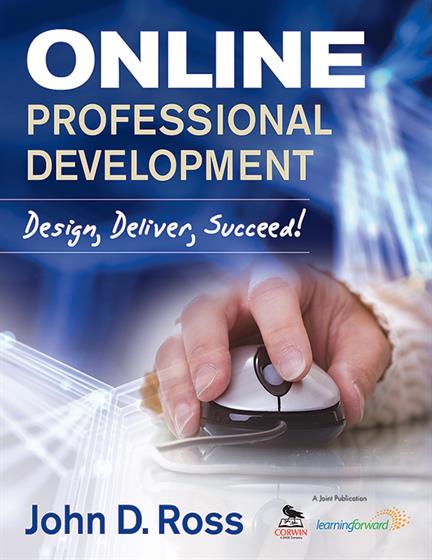Hands-on, Practical Guidance for Educators
From math,
literacy, equity, multilingual learners, and SEL, to assessment, school counseling,
and education leadership, our books are research-based and authored by experts
on topics most relevant to what educators are facing today.

Bestseller!
Online Professional Development
Design, Deliver, Succeed!
By:
John D. Ross
Based on proven principles of professional learning and instructional design, John D. Ross’s book provides a path to assessing your needs, the cost, design, and results.
Product Details
- Grade Level: K-12
- ISBN: 9781412987127
- Published By: Corwin
- Year: 2011
- Page Count: 208
- Publication date: June 13, 2011
Review Copies
This book is not available as a review copy.


